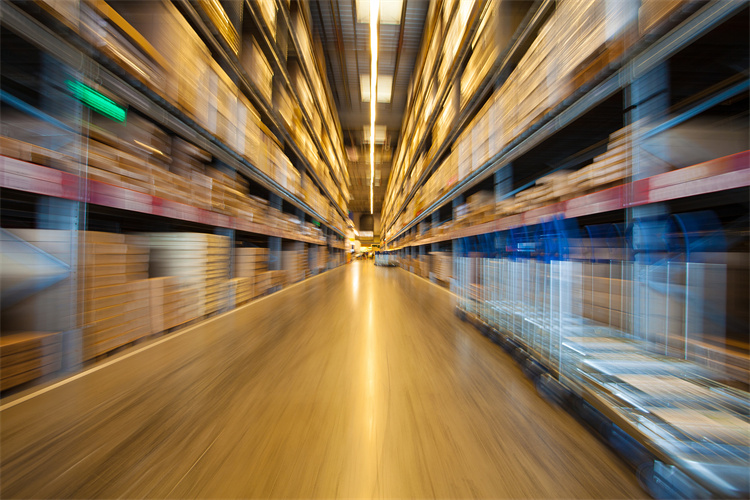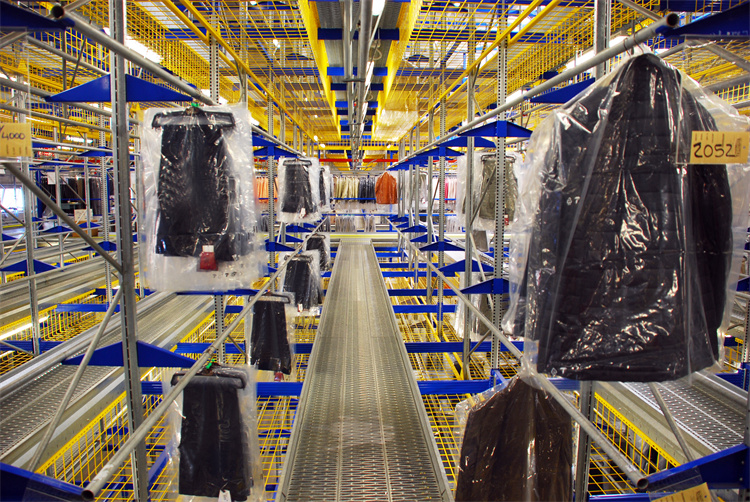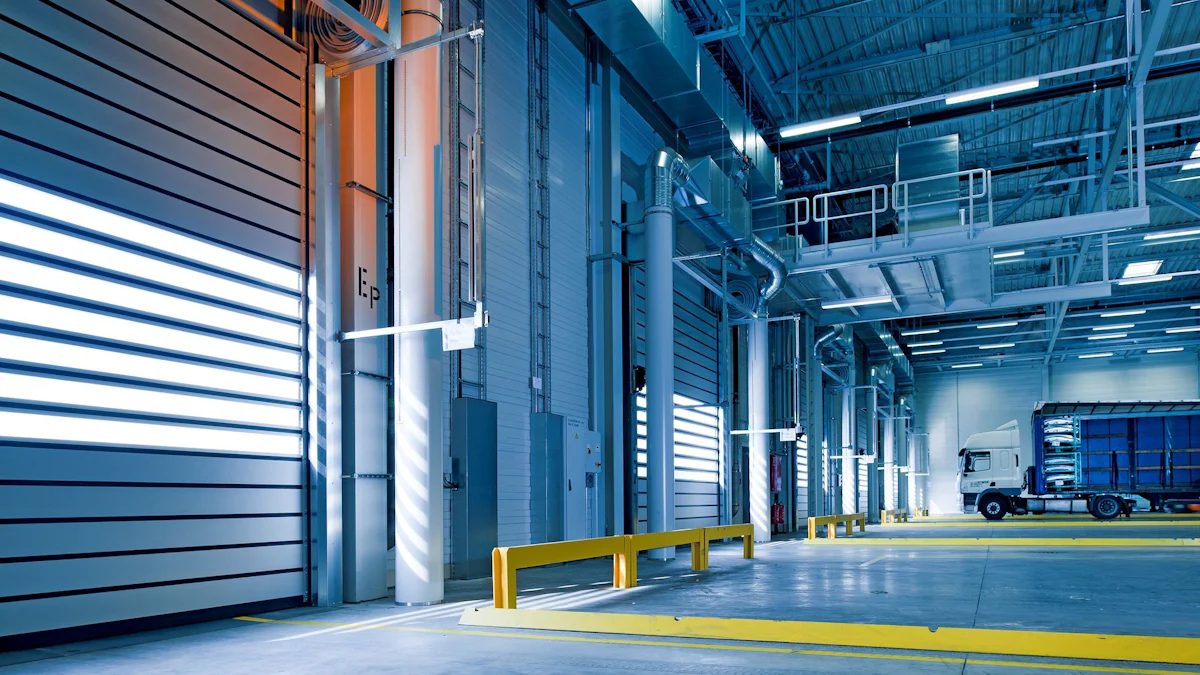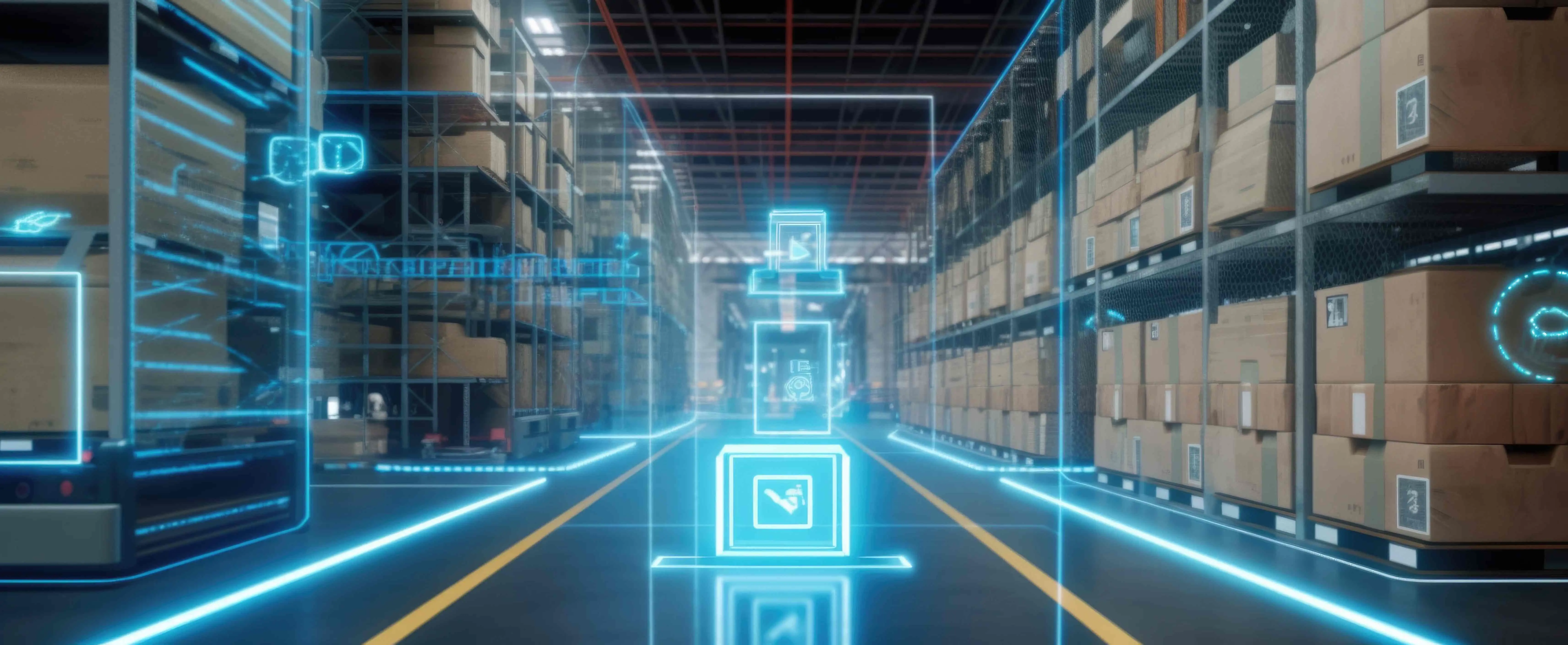What Do Factory Stores and Warehouses Have in Common

Have you ever wondered how businesses keep products flowing smoothly from production to your hands? Factory stores and warehouses play a big part in this process. Both focus on managing inventory efficiently, ensuring goods are available when needed. While factory stores offer you discounted products directly from manufacturers, warehouses handle the storage and distribution of goods for businesses. Their shared emphasis on cost efficiency and streamlined operations makes them essential in keeping the supply chain running seamlessly.
Key Takeaways
Factory stores offer discounted products directly from manufacturers, providing consumers with unique shopping experiences and significant savings.
Warehouses play a crucial role in supply chain management by efficiently storing and distributing goods, ensuring products reach consumers quickly.
Both factory stores and warehouses focus on inventory management and cost efficiency, helping to reduce waste and optimize resources.
Modern factory stores have embraced e-commerce, allowing consumers to shop online for great deals from the comfort of their homes.
Technological advancements in warehousing, such as automation and real-time inventory tracking, enhance efficiency and improve order fulfillment.
Sustainability is becoming a priority for both factory stores and warehouses, with businesses adopting eco-friendly practices to meet consumer demand.
The integration of consumer needs and business operations is key to the future of factory stores and warehouses, ensuring a more connected and efficient supply chain.
Understanding the Purpose and Function of Factory Stores and Warehouses
The Role of Factory Stores in Retail
Factory stores, often referred to as factory outlet stores, bring products directly from manufacturers to you. These stores focus on providing a unique shopping experience by offering goods at reduced prices. You’ll often find items that are surplus, discontinued, or slightly imperfect, making them a great place to snag a deal. By cutting out intermediaries, these sales outlets allow manufacturers to connect with consumers while clearing excess inventory.
One of the key features of a factory outlet is its ability to offer direct-to-consumer sales. This approach not only reduces costs but also ensures that you get access to products straight from the source. For example, many outlet stores are located near manufacturing facilities, which helps lower operational expenses and pass those savings on to you. Whether you’re shopping for clothing, electronics, or home goods, these stores provide a cost-effective way to purchase quality items.
Another important role of factory outlets is clearing surplus and discounted inventory. Manufacturers use these stores to sell products that didn’t make it to traditional retail shelves. This strategy helps reduce waste and keeps the supply chain moving efficiently. For you, it means access to high-quality goods at a fraction of the price.
The Role of Warehouses in Supply Chain Management
Warehouses play a crucial role in ensuring that goods are stored and distributed effectively. Unlike factory outlets, which focus on retail, warehouses are designed to manage large quantities of products for businesses. They act as hubs where goods are stored until they’re ready to be shipped to retailers or directly to customers.
Modern warehouses have evolved to meet the demands of today’s fast-paced world. Many now serve as fulfillment centers, especially with the rise of online shopping. Companies like Walmart use advanced distribution centers to handle vast amounts of inventory efficiently. By implementing systems like cross-docking, they minimize storage time and ensure rapid product turnover. This approach keeps costs low and ensures that products reach you quickly.
For businesses like JUSDA, warehouses are more than just storage spaces. They support logistics by offering services like real-time inventory tracking, picking, packing, and even cleanroom facilities for specialized industries. JUSDA’s warehouses, for instance, integrate advanced technologies like JusLink to provide transparency and control over inventory. These innovations help businesses streamline operations and deliver products to you without delays.
The Overlap in Their Functions
While factory outlets and warehouses serve different purposes, they share some common ground. Both focus on inventory management and cost efficiency. Factory outlets aim to clear excess stock, while warehouses ensure that goods are stored and distributed effectively. This shared emphasis on managing inventory helps reduce waste and optimize resources.
Both also contribute significantly to the supply chain ecosystem. Factory outlets connect manufacturers directly with consumers, creating a direct sales channel. Warehouses, on the other hand, act as the backbone of logistics, ensuring that products move seamlessly from manufacturing facilities to retailers or end-users. Together, they play a vital role in keeping the supply chain running smoothly and ensuring that products are always available when you need them.
Physical Characteristics: Comparing Factory Stores and Warehouses

Similarities in Layout and Design
When you step into a factory store or visualize a warehouse, you’ll notice one thing they share—large, open spaces. These spaces are designed to maximize functionality. In factory stores, the open layout allows for easy browsing and product display. You can walk through aisles filled with neatly arranged goods, making it simple to find what you need. Similarly, warehouses use their expansive areas to store goods efficiently. Rows of shelves or pallets are organized to optimize storage capacity and streamline workflows.
Both spaces prioritize functional designs to enhance efficiency. Factory stores focus on creating a seamless shopping experience for you. Wide aisles and clear signage guide you through the store effortlessly. Warehouses, on the other hand, are built for operational efficiency. Their layouts are carefully planned to ensure smooth workflows, from receiving goods to shipping them out. This shared emphasis on functionality highlights how both spaces are tailored to meet specific needs while maintaining efficiency.
Accessibility: Outlet Stores vs. Warehouses
Accessibility is where factory stores and warehouses differ significantly. Factory stores are designed with you in mind. These retail spaces welcome consumers, offering a direct connection to manufacturers. You can walk in, explore products, and make purchases. The consumer-facing nature of factory stores makes them inviting and easy to navigate. They’re often located in accessible areas, like shopping centers or near manufacturing facilities, ensuring convenience for shoppers.
Warehouses, however, operate behind the scenes. These facilities are not open to the public. Their primary focus is on business operations, such as storing and distributing goods. Access is restricted to authorized personnel, ensuring security and efficiency. While you may never step inside a warehouse, its role is crucial in ensuring that products reach retailers or your doorstep without delays.
By comparing these two spaces, you can see how their designs and accessibility reflect their distinct purposes. Factory stores aim to serve you directly, while warehouses work tirelessly in the background to keep the supply chain moving.
Consumer and Business Impact of Factory Stores and Warehouses
Benefits of Factory Stores for Consumers
Factory outlet stores offer you a unique shopping experience by providing access to products at reduced prices. These outlets are a haven for bargain hunters, giving you the chance to purchase items directly from manufacturers at a fraction of the cost. Whether you're looking for electronics, home goods, or even discount clothing shops, these sales outlets make it easy to find quality products without breaking the bank.
One of the biggest advantages of shopping at an outlet store is the opportunity to buy directly from manufacturers. This direct connection eliminates middlemen, allowing you to enjoy products at factory price. You’ll often find surplus or discontinued items that didn’t make it to traditional retail shelves. This means you can snag great deals while helping manufacturers clear their inventory efficiently. It’s a win-win for both you and the producers.
How Warehouses Support Businesses
Warehouses play a vital role in keeping businesses running smoothly. They ensure efficient inventory management, which is crucial for meeting customer demands. Companies like JUSDA use advanced systems to track inventory in real-time, giving businesses full control over their stock. This level of transparency helps reduce waste and optimize storage space. In fact, studies show that many companies only utilize about 85.6% of their warehouse space, highlighting the importance of effective management.
Warehouses also streamline the distribution process, ensuring products move seamlessly from manufacturing facilities to retailers or end-users. JUSDA’s warehouse solutions go beyond storage by offering value-added services like picking, packing, and labeling. These services help businesses save time and resources, allowing them to focus on delivering products to you faster. With the rise of e-commerce, warehouses have become even more critical in meeting the growing demand for quick and reliable deliveries.
Their Role in the Supply Chain
Both factory outlets and warehouses play essential roles in the supply chain. Factory outlets help manufacturers reduce costs by clearing excess inventory, while warehouses focus on storing and distributing goods efficiently. This dual approach ensures that products remain accessible and affordable for you.
By reducing costs for manufacturers and retailers, these facilities contribute to a more streamlined supply chain. Warehouses, for example, use advanced technologies to improve operations and minimize delays. A recent survey revealed that 61% of supply chain leaders have invested in new technologies to enhance efficiency. This investment ensures that products are always available when you need them, whether you’re shopping at a factory outlet or ordering online.
The difference between a warehouse and a factory outlet lies in their purpose. While warehouses operate behind the scenes to support businesses, factory outlets connect you directly with manufacturers. Together, they create a seamless system that keeps goods flowing from production to your hands.
Evolution Over Time: Adapting to Modern Trends

The Growth of Factory Stores and Outlet Malls
Factory stores have come a long way from their humble beginnings. Today, they’ve embraced modern trends to stay relevant and accessible to you. One of the most significant changes is the integration of e-commerce. Many factory stores now offer online platforms where you can shop from the comfort of your home. These online outlets provide the same great deals you’d find in physical locations, making it easier than ever to access discounted products.
In addition to going digital, factory stores have expanded into retail hubs and shopping centers. You’ll often find an outlet store nestled among popular retail chains, creating a one-stop shopping destination. This shift has made factory stores more convenient and appealing to a broader audience. Whether you’re visiting a bustling mall or browsing online, these stores ensure you can enjoy the benefits of direct-to-consumer shopping without sacrificing convenience.
The Technological Advancements in Warehousing
Warehousing has undergone a remarkable transformation, driven by cutting-edge technology. Automation has become a game-changer, streamlining operations and reducing errors. Robots now handle tasks like picking and packing, ensuring faster and more accurate order fulfillment. This level of efficiency means businesses can deliver products to you quicker than ever before.
Real-time inventory tracking has also revolutionized warehousing. Tools like JUSDA’s JusLink provide businesses with complete visibility over their stock. With this technology, companies can monitor inventory levels, predict demand, and avoid overstocking or shortages. These advancements not only improve efficiency but also ensure that products are always available when you need them.
The rise of e-commerce has also led to the growth of fulfillment centers. These specialized warehouses focus on processing online orders quickly and efficiently. As online shopping continues to grow, fulfillment centers play a crucial role in meeting your expectations for fast and reliable deliveries.
Scientific Research Findings: Studies highlight that automation and data-driven tools are transforming warehouse management. These innovations optimize processes, improve inventory control, and enhance distribution efficiency.
Future Trends for Factory Stores and Warehouses
The future of factory stores and warehouses looks promising, with a strong focus on sustainability. Many businesses are adopting green practices to reduce their environmental impact. Factory stores are exploring eco-friendly packaging and energy-efficient operations, while warehouses are implementing solar panels and energy-saving technologies. These efforts align with the growing demand for sustainable practices, ensuring a better future for you and the planet.
Another exciting trend is the enhanced integration of consumer and business needs. Factory stores are finding new ways to connect with you, offering personalized shopping experiences through data-driven insights. Warehouses, on the other hand, are leveraging advanced technologies to support businesses in delivering products faster and more efficiently. This seamless integration ensures that both consumers and businesses benefit from a more connected and efficient supply chain.
As these trends continue to shape the industry, you can expect factory stores and warehouses to become even more innovative and consumer-focused. Whether you’re shopping for a discount at a factory outlet or waiting for a package from an online order, these advancements ensure a smoother and more enjoyable experience.

JUSDA Solutions
To provide you with professional solutions and quotations.
Factory stores and warehouses may seem worlds apart, but they share a common goal—efficiency. Factory stores bring you closer to manufacturers, offering products at a discount while clearing excess inventory. Warehouses, like those operated by JUSDA, work behind the scenes to store and distribute goods seamlessly. Both have adapted to modern trends, from e-commerce to sustainability, ensuring they remain vital in today’s fast-paced supply chain. Whether you’re shopping for deals or waiting for a delivery, these systems work together to meet your needs.
See Also
The Importance of Automating Your Warehouse Operations
Embracing Automation: Advantages of Modern Manufacturing Warehouses
Understanding Robotic Automation for Enhanced Warehouse Efficiency
Maximizing Warehouse Productivity Through Logistics Robotics
Discovering JUSDA's Innovative Warehousing Solutions for Efficiency
